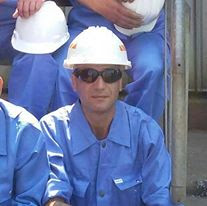Road vehicles Brake linings frictions materials Visual inspection ISO PAS 22574
Scope
Friction linings are composite materials with complex structure. Due to their composition and their production process, visual appearance characteristics can occur which in a precisely defined design are to be regarded as specific to the product. This International Standard defines visual aspect for the identification and assessment of such product characteristics in quality assurance, as well as a basis for commercial and technical agreements. The sequence of the product characteristics represents no order of priority. The brake linings are inspected in the “as supplied” condition, meaning unused. In some characteristic features, there are differences between brake linings with an effective lining pad surface < 120 cm² and W 120 cm². The acceptance criteria within the International Standard do not allow any characteristics which could impair the function and performance of brake linings and are applied unless there are other agreements between the customer and the supplier.
Labels: STANDARDS






































